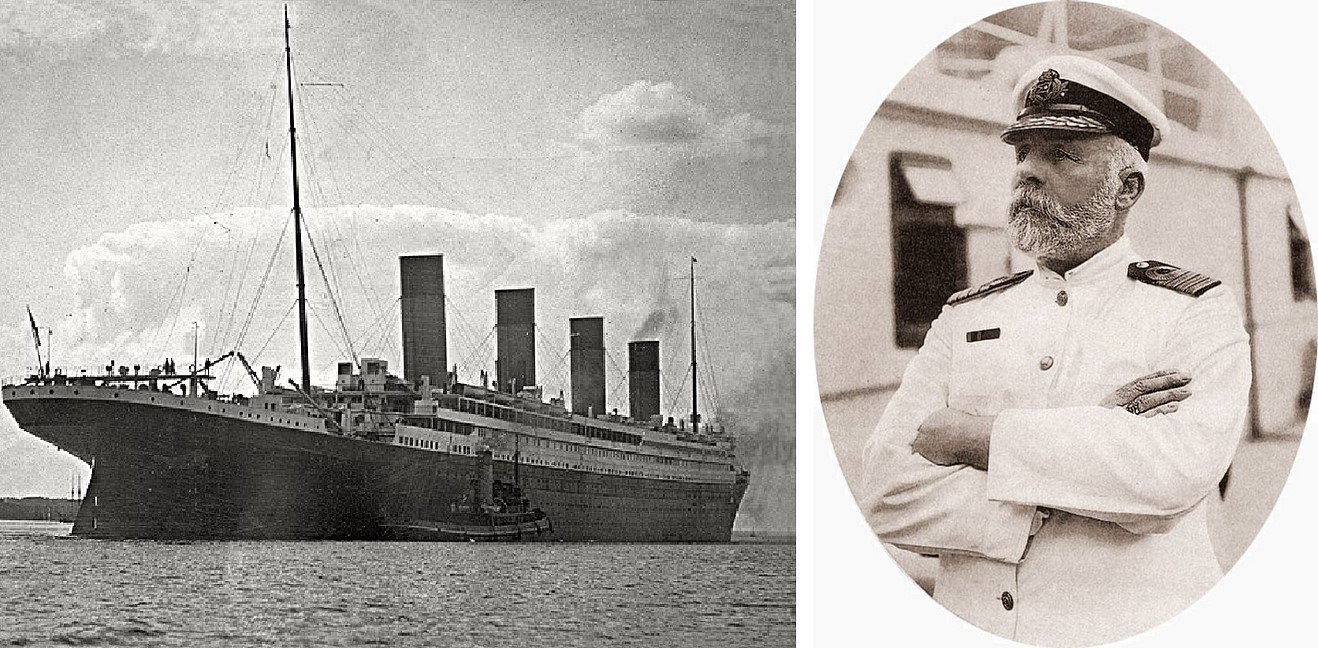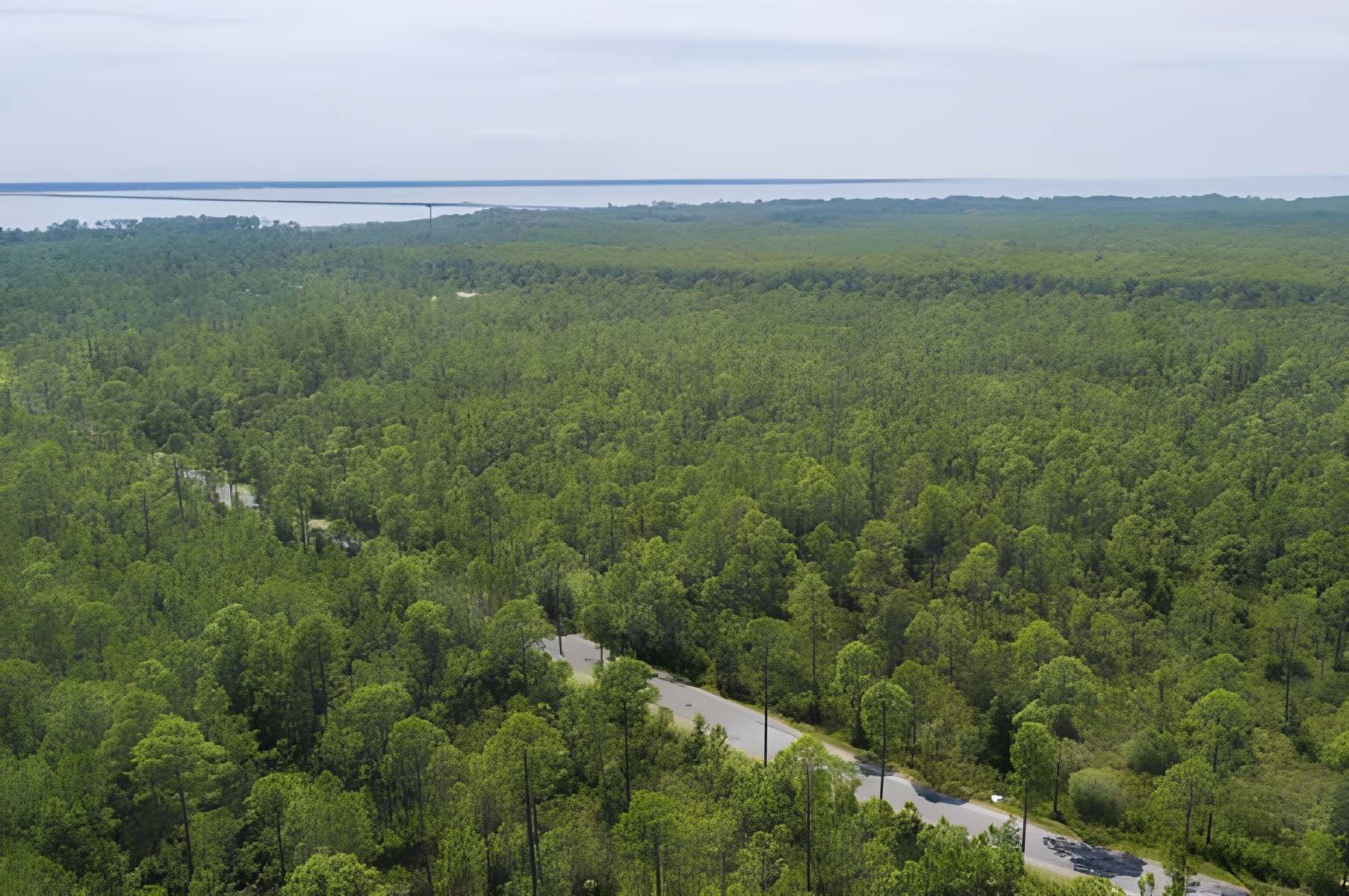
Who was Captain Edward Smith? Captain Edward Smith, the man at the helm of the RMS Titanic, remains a figure of intrigue and mystery. Born in 1850, Smith's maritime career spanned decades, earning him the nickname "Millionaire's Captain" due to his popularity with wealthy passengers. Did you know he was set to retire after the Titanic's maiden voyage? His leadership and decisions during the ship's ill-fated journey have been scrutinized for over a century. What drove this seasoned captain to navigate the North Atlantic's icy waters? Why did he make the choices he did? Let's uncover 35 fascinating facts about Captain Edward Smith that paint a fuller picture of the man behind the legend.
Key Takeaways:
- Captain Edward Smith had a remarkable career with the White Star Line, commanding prestigious ships and earning the nickname "Millionaire's Captain" for his calm demeanor and reliability.
- Despite the tragic sinking of the Titanic, Captain Smith's legacy endures as a dedicated and experienced captain, with his story depicted in films, books, and documentaries, ensuring his impact is remembered.
Early Life and Career
Edward John Smith, the captain of the Titanic, led a fascinating life before the infamous voyage. Here are some intriguing details about his early years and career.
- Born on January 27, 1850, in Hanley, Staffordshire, England, Smith grew up in a working-class family.
- At age 13, he left school to work at a local forge, showing early signs of his hardworking nature.
- Smith joined the merchant navy in 1867, beginning his maritime career.
- By 1880, he had earned his master's certificate, allowing him to command ships.
- He joined the White Star Line in 1880, a company he would remain with for over 30 years.
Rise to Prominence
Smith's career with the White Star Line saw him rise through the ranks, eventually becoming one of their most trusted captains.
- In 1887, he took command of his first White Star Line ship, the SS Republic.
- Smith was known for his calm demeanor and earned the nickname "Millionaire's Captain" because wealthy passengers preferred sailing with him.
- He commanded several notable ships, including the RMS Baltic, RMS Adriatic, and RMS Olympic.
- Smith was awarded the Transport Medal for his service during the Boer War, where he transported troops to South Africa.
- By 1911, he was the White Star Line's senior captain, a testament to his experience and reliability.
The Titanic Voyage
The RMS Titanic's maiden voyage in April 1912 is what Captain Smith is most remembered for. Here are some key facts about his role in this historic event.
- Smith was chosen to command the Titanic due to his extensive experience and impeccable record.
- The Titanic's maiden voyage was intended to be Smith's final journey before retirement.
- On April 10, 1912, the Titanic set sail from Southampton, England, with Smith at the helm.
- Smith received multiple ice warnings during the voyage but continued at near full speed, a common practice at the time.
- On the night of April 14, 1912, the Titanic struck an iceberg, leading to the ship's tragic sinking.
The Sinking of the Titanic
The sinking of the Titanic remains one of the most tragic maritime disasters in history. Smith's actions during the disaster have been both praised and criticized.
- After the collision, Smith quickly assessed the damage and realized the severity of the situation.
- He ordered the lifeboats to be prepared and began the evacuation process, prioritizing women and children.
- Smith was last seen on the bridge of the Titanic, maintaining his duty until the very end.
- There are conflicting reports about Smith's final moments, with some claiming he went down with the ship and others suggesting he may have jumped overboard.
- Smith's body was never recovered, adding to the mystery surrounding his final hours.
Legacy and Impact
Captain Edward Smith's legacy is a complex one, marked by both his long and distinguished career and the tragic end of the Titanic.
- Smith's actions during the Titanic disaster have been scrutinized, with some praising his bravery and others questioning his decisions.
- The sinking of the Titanic led to significant changes in maritime safety regulations, including the establishment of the International Ice Patrol.
- Smith's hometown of Hanley has a statue in his honor, recognizing his contributions to maritime history.
- His story has been depicted in numerous films, books, and documentaries, ensuring his legacy endures.
- Despite the tragedy, Smith is remembered as a dedicated and experienced captain who faced an unprecedented disaster.
Personal Life
Beyond his professional life, Smith had a personal life that included family and interests outside of his maritime career.
- Smith married Sarah Eleanor Pennington in 1887, and they had a daughter named Helen Melville Smith.
- He was known to be a devoted family man, often spending his time off with his wife and daughter.
- Smith enjoyed horseback riding and was a member of several prestigious clubs, including the Royal Thames Yacht Club.
- He owned a luxurious home in Southampton, reflecting his successful career.
- Despite his demanding job, Smith maintained close relationships with his family and friends.
Myths and Misconceptions
Over the years, several myths and misconceptions about Captain Smith and the Titanic have emerged. Here are some clarifications.
- Contrary to popular belief, Smith did not ignore ice warnings; he received them but followed the standard practice of the time.
- The idea that Smith was overly confident in the Titanic's unsinkability is exaggerated; he was aware of the risks but trusted the ship's design.
- Some stories suggest Smith was drinking heavily on the night of the sinking, but there is no evidence to support this claim.
- The notion that Smith locked himself in the wheelhouse as the ship sank is a myth; he was seen actively helping with the evacuation.
- Despite the tragedy, Smith's reputation as a skilled and dedicated captain remains intact among maritime historians.
The Legacy of Captain Edward Smith
Captain Edward Smith's life and career remain a fascinating chapter in maritime history. His journey from a young sailor to the captain of the Titanic showcases dedication, skill, and a deep love for the sea. Despite the tragic end, Smith's legacy continues to be remembered and studied by historians and enthusiasts alike.
His decisions, leadership style, and the circumstances surrounding the Titanic's sinking have sparked countless discussions and debates. While some view him as a hero who did his best under dire conditions, others critique his choices. Regardless, his story is a reminder of the complexities and challenges faced by those at sea.
Smith's legacy lives on through books, documentaries, and the memories of those who sailed with him. His life serves as a testament to the bravery and resilience required to navigate the vast and unpredictable oceans.
Frequently Asked Questions
Was this page helpful?
Our commitment to delivering trustworthy and engaging content is at the heart of what we do. Each fact on our site is contributed by real users like you, bringing a wealth of diverse insights and information. To ensure the highest standards of accuracy and reliability, our dedicated editors meticulously review each submission. This process guarantees that the facts we share are not only fascinating but also credible. Trust in our commitment to quality and authenticity as you explore and learn with us.


